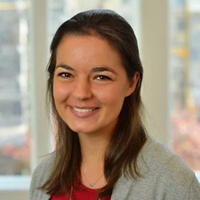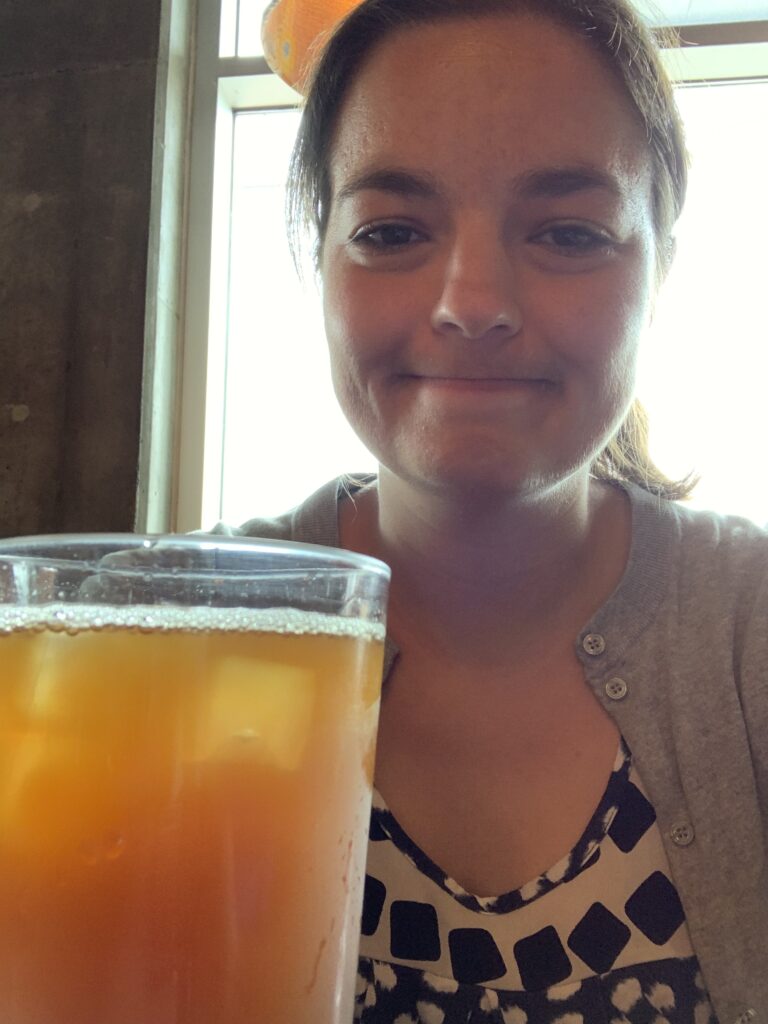A Missing Element from the Environmental Movement
October 10, 2019
My summer as an Environmental Fellow came at the culmination of my graduate education in Environmental Justice and Policy at the University of Michigan’s School for Environment and Sustainability. I had spent two years discussing human destruction of our natural environment, the trend that communities of minority and low-income status are disproportionately burdened with the impacts of this destruction, and our urgent need for strong environmental policy to address related social and ecological concerns. While my education had been solutions-focused, I didn’t realize what it had lacked until I jumped into my summer internship placement at Virginia Interfaith Power and Light in Richmond, Virginia. That missing element was hope.
I spent the majority of my time this summer coordinating a climate justice training for diverse faith communities in Harrisonburg, Virginia. After having a few initial phone conversations, I drove from Richmond to Harrisonburg to spend a day connecting with people engaged in climate advocacy in the area. I met with faith leaders who installed solar panels on their congregation buildings and local nonprofits, connected college students to pipeline resistance movements, produced podcasts discussing connections between faith and climate justice, and organized potlucks to build community among fellow climate advocates.
One leader I met coordinates a sustainable living community made up of homes where families practice different ways of environmentalism, from growing produce in their yards and using alternative transportation, to living totally off the grid and not using electricity at all. The living community seeks to welcome families and individuals experiencing transition. This leader explained that we can’t wait for our policymakers to make these changes anymore. While we are advocating for stronger environmental policy, we can model a cleaner, healthier way of life that builds community, without depending so much on industrial agriculture and fossil fuels. These solutions coming to fruition at the grassroots level encouraged me and further emphasized my belief that environmental policies must be informed by local groups and efforts.
I ended what could have been an exhausting day of six different meetings in a new city feeling refreshed and energized instead. Many people of faith engaged in environmental advocacy feel a moral obligation to care for Creation, and for the leaders I met with in Harrisonburg, their sense of moral obligation fuels their hopeful actions. They envision a world where we aren’t destroying the environment and work to build that world.
I want to emulate this hope-filled action and activism in my future environmental work. While we continue to advocate for strong policy at the state and federal levels that supports equal access to a healthy environment, I aspire to support grassroots solutions and build community through alternative ways of growing food and using electricity. While I can look to my academic studies of natural resources and environmental justice to inform my advocacy, hope will add meaning to my collaboration creative approach to solutions.
About Laura Grier, MS


